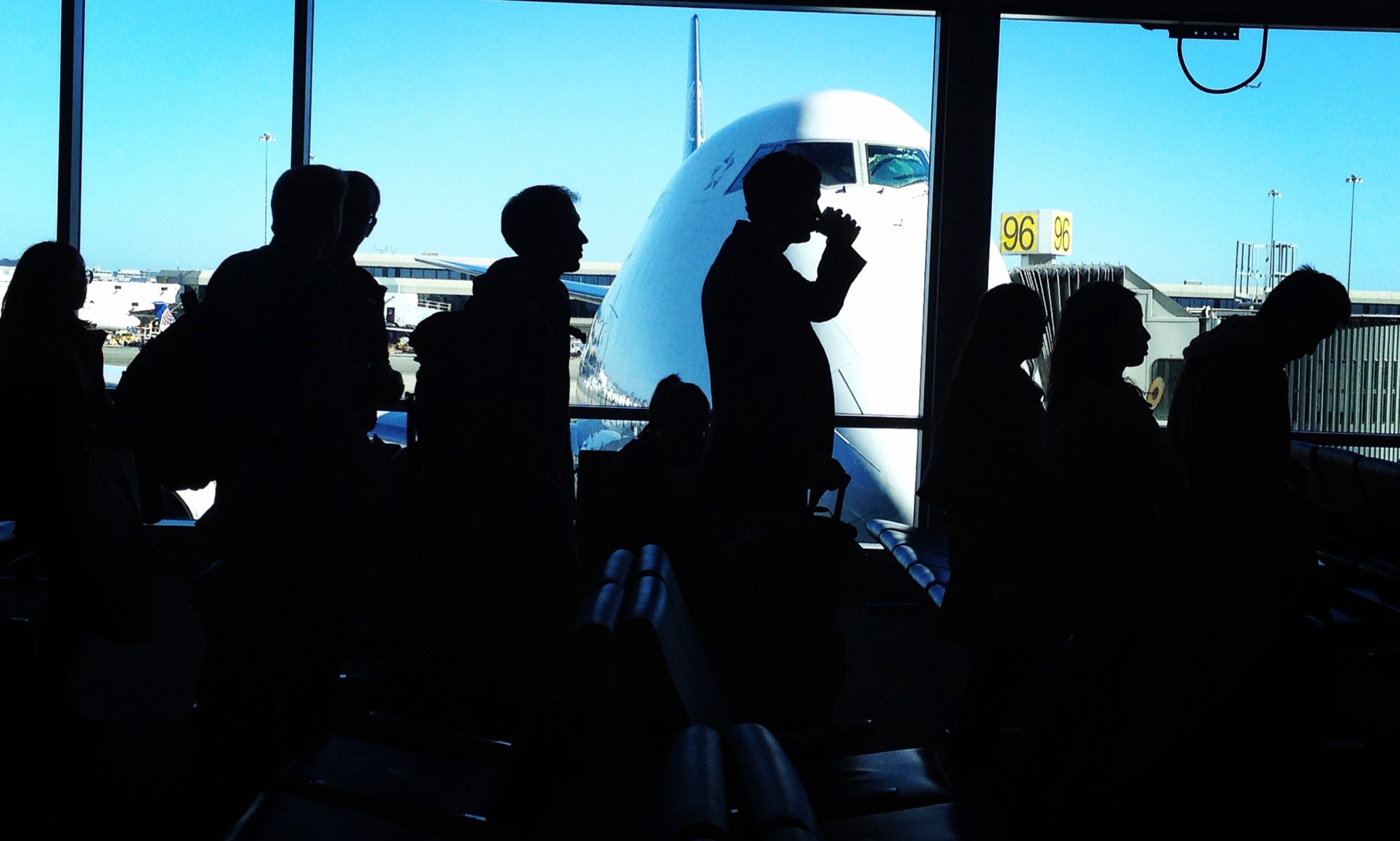By Clement Tan and Natasha Khan
June 4 (Bloomberg) — A candlelight vigil in Hong Kong to mark the 25th anniversary of the 1989 Tiananmen Square crackdown drew at least 100,000 people last night to honor the memories of the student-led pro-democracy protesters.
Visitors to the event at Victoria Park were greeted with loudspeakers broadcasting slogans and banners demanding an end to the rule of the Chinese Communist Party. A human-sized Goddess of Democracy statue stood in the park, where many sat. As night fell, hundreds lit candles and observed a moment of silence at 8:38 p.m. after organizers placed wreaths to commemorate those who lost their lives.
The anniversary has struck a chord with many in Hong Kong amid a city-wide debate about implementing universal suffrage to elect its leader by 2017. A record 180,000 people attended the vigil, Lee Cheuk-yan, chairman of organizer Hong Kong Alliance in Support of Patriotic Democratic Movements of China, told the crowd. Police estimated turnout at 99,500 people.
“Democracy is not just a dream of our generation,” said Christopher Wong, 26, a Hong Kong resident at the park. “It’s something that those that came before us fought for. Now it’s up to our generation not to give up on democracy.”
Security was tightened around Tiananmen Square in Beijing yesterday, with police scanning people’s identity cards at checkpoints. Dozens of activists, journalists and lawyers have been detained, questioned or disappeared, in the lead-up to the anniversary, overseas monitoring group Chinese Human Rights Defenders said in an e-mailed statement on May 29.
‘Political Storm’
Chinese soldiers began opening fire late on June 3, 1989, to seize the square from protesters demanding political reform, free speech and curbs on corruption. Estimates of the death toll ranged between 300 and 2,600, Ezra Vogel wrote in “Deng Xiaoping and the Transformation of China.”
Over the years, the Chinese government has changed the way it describes the Tiananmen crackdown. It was initially called a counter-revolutionary rebellion, then a riot, then political turmoil and finally the 1989 storm, according to Vogel’s book.
Chinese visitors joined the commemoration in Hong Kong, taking advantage of increased tourist visas to the city where residents are able to mark an event that those on the mainland can’t mention because of censorship by the Communist Party.
“Why am I here? Because we can express our views here but not in the mainland,” said a 42-year-old man who identified himself only by his surname Hong. “After all these years, it’s only right that we come to pay our respects to the many who have died and to preserve their memory.”
Taipei Memorial
Hong, who lives and runs his own business in Guangdong, said residents of the southern Chinese province get information from neighboring Hong Kong about June 4.
Several hundred people took part in a memorial event in Taipei that was addressed by the Chinese protest leader Wu’er Kaixi. Wu’er, named as China’s second most-wanted after the crackdown, has lived in exile since fleeing the country days after the protests were put down.
“Twenty-five years have gone and we still have not succeeded,” said Wu’er. “We still need your support from Taiwan because the fight ahead would be more lonely and hard.”
Taiwan President Ma Ying-jeou issued a statement yesterday calling for China to show greater tolerance toward dissidents, saying it would help win respect from people across the Taiwan Strait and international society. China claims Taiwan, independently governed since 1949, as part of its territory.
Universal Suffrage
The Hong Kong government is considering proposals on how to elect its top official in 2017, with Beijing saying candidates must be vetted by a committee. A group of activists, under the banner Occupy Central, have vowed street protests if the electoral reforms don’t meet their demands.
The number of mainland attendees at the vigil has risen as Chinese visitors to Hong Kong surged in the past few years on higher incomes and eased travel restrictions. Last year, the city saw 40.7 million visitors from the mainland, up 16.7 percent from 2012, according to government data.
“We just happened to be traveling here and saw the news about this event, so we decided to check out what the fuss was all about,” said Andy Duan, 25, a student from Beijing. “I honestly don’t know a lot about Tiananmen, except for the little that the older people say in passing.”
The Alliance opened China’s first museum dedicated to the 1989 crackdown on April 26 in Hong Kong, with exhibits including a victim’s bullet-pierced motorcycle helmet.
“We need to keep fighting,” said Teng Biao, a human rights activist and lecturer in Beijing who addressed the crowd. “I’ll never regret and I’ll never retreat, and neither should the people of Hong Kong.”
Teng said this was his first time at the vigil and that he attended even after colleagues said it would be dangerous.
This was first posted at Bloomberg.com.
